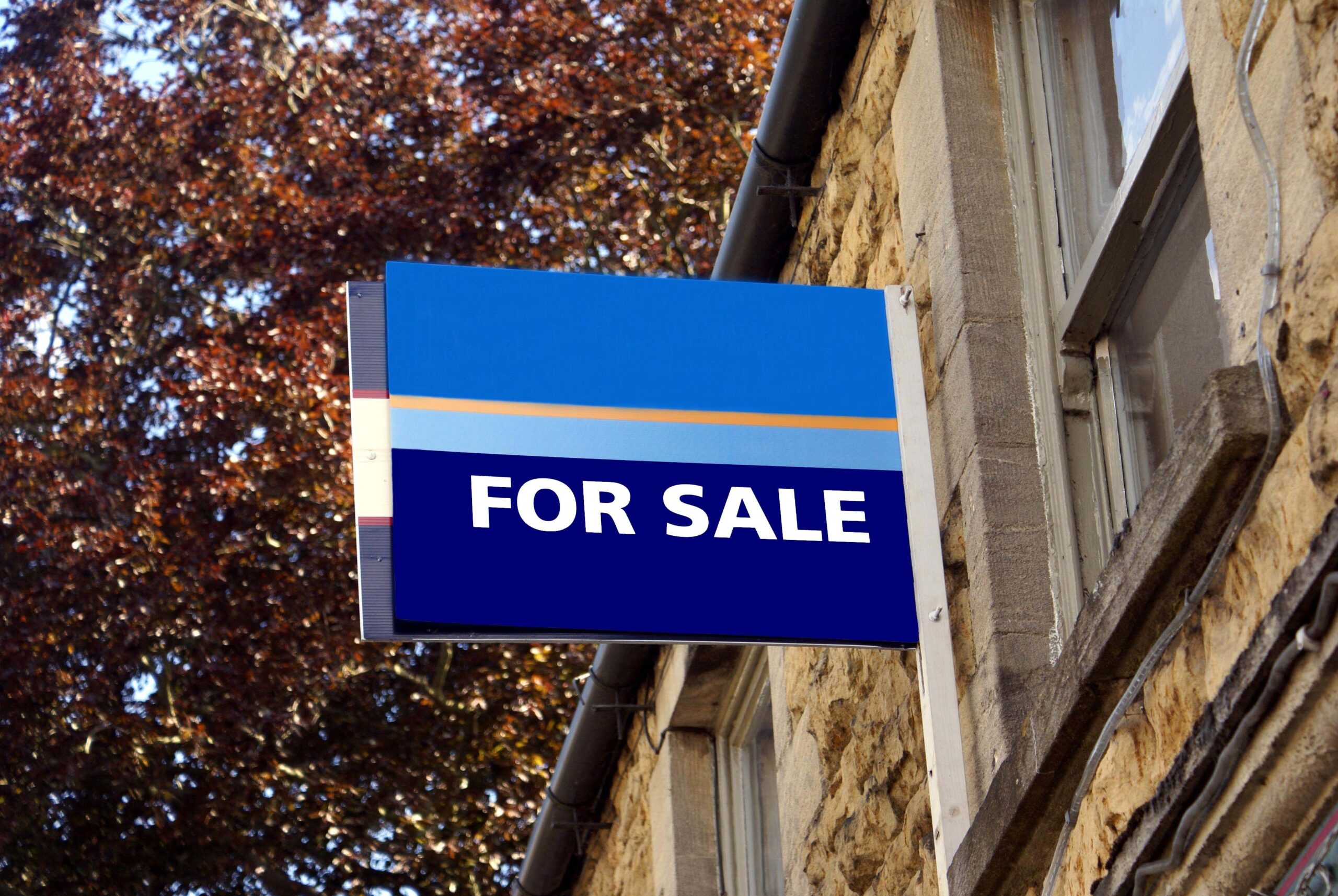First-time Buyer
First-time buyer property prices rise to new record but overall growth slows

First-time buyer house prices have risen to record highs but, overall, the average price of a property coming to market rose by just 0.2% or £890 to £366,247 between March and April, which is lower than the 1.2% rise usually seen at this time of year.
According to the Rightmove house price index said the lower-than-average 0.2% rise suggested that agents were advising sellers to price modestly to attract buyers.
This was compared to 0.8% month-on-month growth in March and annually, asking prices were 1.7% higher than April last year.
The average stock held per estate agent rose from 43 in March to 45 in April, while the average number of days it took to secure a buyer fell from 57 to 55 days.
Tim Bannister, director of property science at Rightmove, said sellers now understood the need to tempt buyers with competitive prices.
He added: “The current unexpectedly stable conditions may tempt more sellers to enter the market who had been considering a move in the last few years but had been put off by its frenetic pace. Buyers may have struggled to find a home that suited their needs in the stock-constrained market of recent years and will now find more choice available.
“However, those who have now decided to make a move should not wait around too long to make an enquiry if they see the right home for sale, as not only is the number of sales agreed now back to pre-pandemic levels, but homes are also on average selling 12 days more quickly than at this time in 2019.”
First-time buyer price surge
The asking price for first-time buyer type properties rose to £224,963, a new high for the Rightmove index and a 0.2% increase on the previous month.
This was also 2% higher than last year.
The firm said this may seem surprising due to rising mortgage costs making deposit saving harder, but noted that there was “solid buyer demand” in this part of the market. According to Rightmove, demand for these properties was 11% higher than in 2019.
By comparison, the average asking price for second-time buyer homes rose by 0.7% month-on-month to £339,359 and top of the ladder property asking prices increased by 1.2% to £666,566.
These represented annual rises of 1.9% and 1.7% respectively.
Bannister said: “The first-time buyer sector typically accounts for over a third of all sales, which are often the start of chains, so these positive sales agreed figures are good for the health of the whole market.
“The current multi-speed market is highlighted by sales of larger homes continuing to lag behind, with some sellers in the upper sectors likely needing to show a greater degree of pricing restraint to attract buyers in this much more price-sensitive market.”
Settling mortgage rates
Bannister said first-time buyers were also being encouraged by falling mortgage rates at high loan to value (LTV) tiers and higher rents.
Jeremy Leaf, north London estate agent and a former RICS residential chairman, agreed, saying: “First-time buyers in particular are seizing the opportunity in increasing numbers to flex their muscles and get the best deals they can, in order to escape inexorably rising rents.
“Encouragingly, lenders seem increasingly confident that the market will not suffer a serious correction as we are hearing there are far more high loan-to-value mortgages available, suggesting that they don’t foresee a market collapse.”
Back to normal for agreed sales
While 18% lower than last year, agreed sales returned to levels seen before the pandemic. Compared to March 2019, agreed sales were down by just 1%.
This was also the first month that agreed sales volumes surpassed activity seen in September, marking a recovery from the 21% decline in activity recorded in the month after the mini Budget.
Sales in the first-time buyer market, covering properties with two bedrooms or fewer, were 4% higher than March 2019. By contrast, larger properties which usually attract second-time buyers and those at the top of the ladder were 4% and 3% down respectively on pre-pandemic levels.